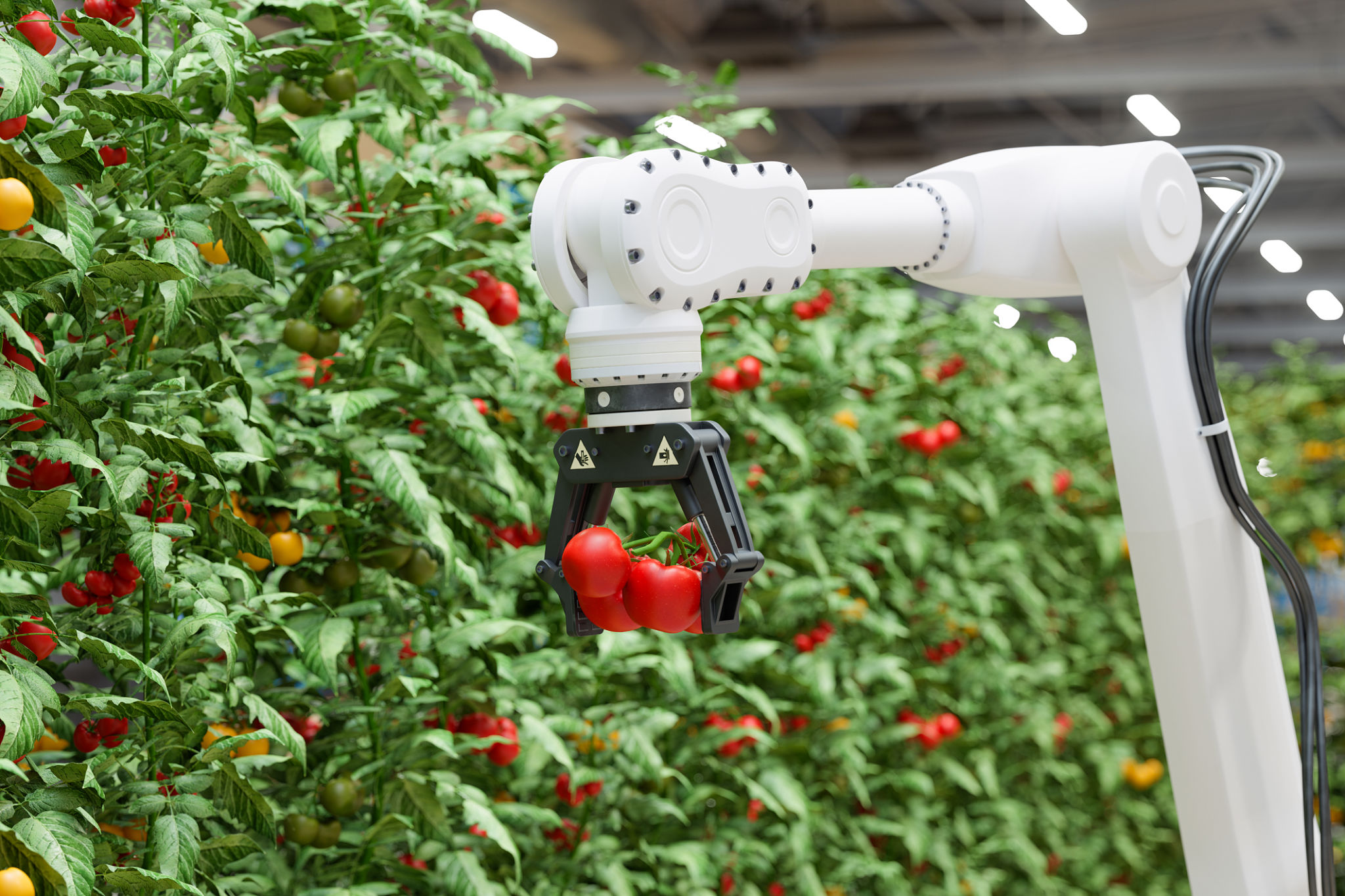Choosing the Right Robotics Solution for Your Industry
Understanding the Importance of Robotics in Modern Industries
In today's fast-paced world, the integration of robotics into various industries has become more than just a trend—it's a necessity. From manufacturing to healthcare, robotics solutions offer increased efficiency, precision, and cost-effectiveness. Choosing the right robotics solution can significantly impact your business's productivity and competitiveness.

Identifying Your Industry's Needs
Before selecting a robotics solution, it's crucial to identify the specific needs and challenges of your industry. For example, the requirements of an agricultural business will differ significantly from those of an automotive manufacturer. Factors such as the scale of operation, type of tasks, and degree of automation required should guide your decision-making process.
To better understand your needs, consider conducting a thorough analysis of your current operations. This analysis will help you pinpoint areas where robotics can make the most significant impact. In some cases, consulting with a robotics expert can provide valuable insights into potential improvements.
Evaluating Different Types of Robotics Solutions
Once you have a clear understanding of your needs, the next step is to evaluate the different types of robotics solutions available. The market offers a wide range of options, including:
- Collaborative Robots (Cobots): Designed to work alongside humans, enhancing productivity without the need for extensive safety measures.
- Industrial Robots: Typically used in manufacturing for tasks like welding, painting, and assembly.
- Autonomous Mobile Robots (AMRs): Ideal for logistics and warehousing applications, these robots navigate environments independently.

Considering Integration and Scalability
An essential factor in choosing the right robotics solution is its compatibility with your existing systems. Seamless integration can minimize disruptions and ensure a smooth transition to automated processes. Additionally, consider the scalability of the solution. As your business grows, your robotics solution should easily adapt to increased demands without requiring significant overhauls.
Scalability is particularly crucial for industries experiencing rapid growth or seasonal fluctuations. A scalable solution allows you to expand or reduce your robotics capabilities as needed, providing flexibility and cost savings.
Evaluating Cost vs. Benefit
The initial investment in a robotics solution can be substantial, but it's essential to weigh this against the potential benefits. Consider factors such as increased efficiency, reduced labor costs, and improved product quality. Conducting a cost-benefit analysis can help determine whether the investment will yield a favorable return.

Additionally, look for solutions that offer long-term savings through energy efficiency and reduced maintenance costs. Many modern robots are designed with sustainability in mind, which can also support your company's environmental goals.
Ensuring Support and Maintenance
Finally, consider the level of support and maintenance provided by the robotics supplier. Reliable support is crucial for minimizing downtime and ensuring that your robotics systems operate at peak efficiency. Look for vendors that offer comprehensive training programs and responsive customer service.
Routine maintenance is equally important to prevent unexpected failures and extend the lifespan of your robotics equipment. A supplier with a robust support infrastructure can be a vital partner in your automation journey.
Conclusion
Choosing the right robotics solution for your industry involves careful consideration of various factors, from identifying specific needs to evaluating cost benefits. By taking a strategic approach and partnering with knowledgeable suppliers, you can harness the power of robotics to drive your business forward in today's competitive landscape.
